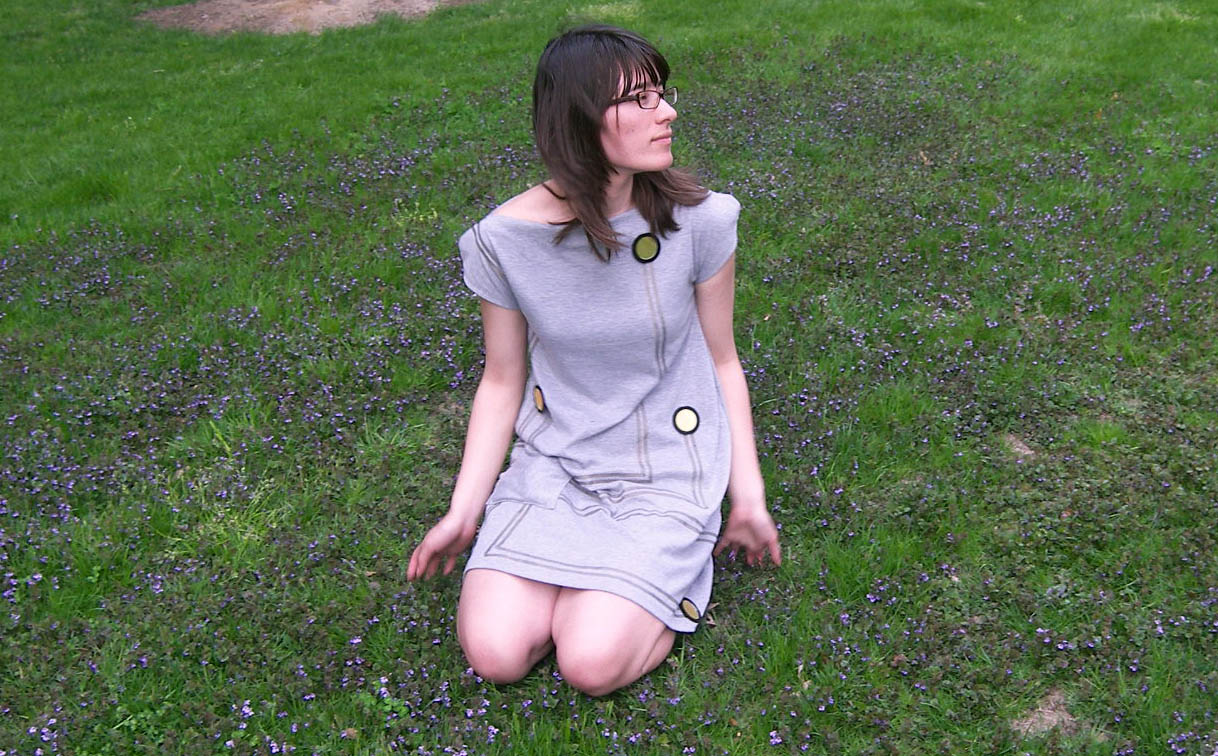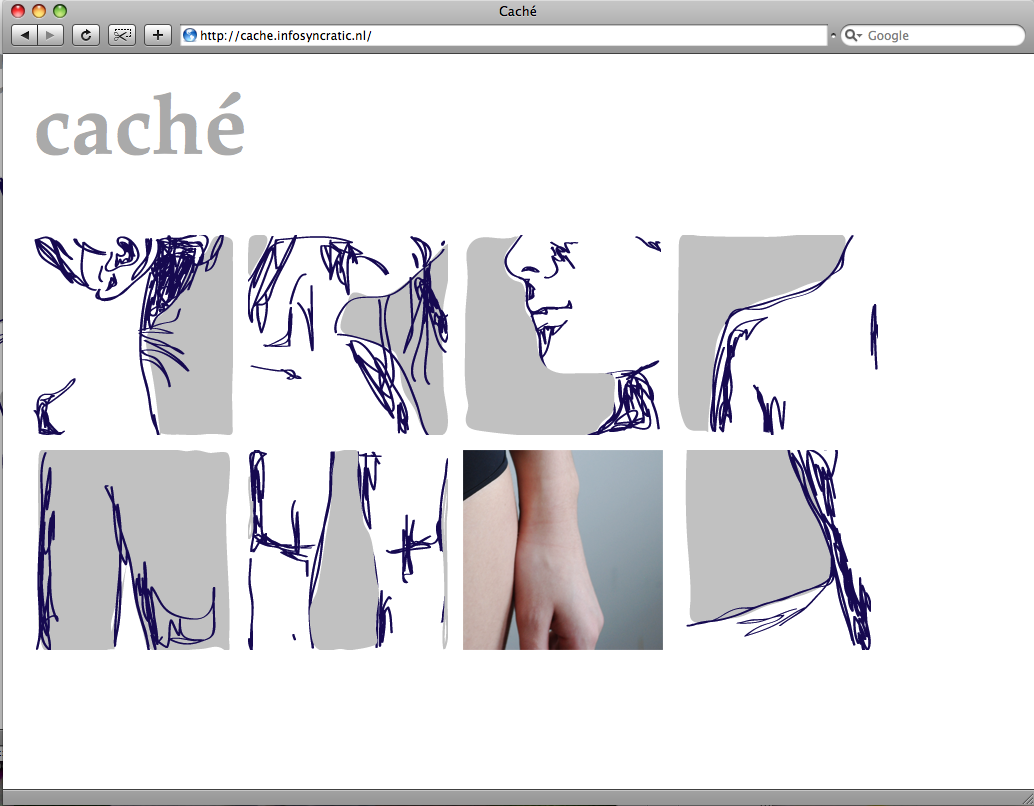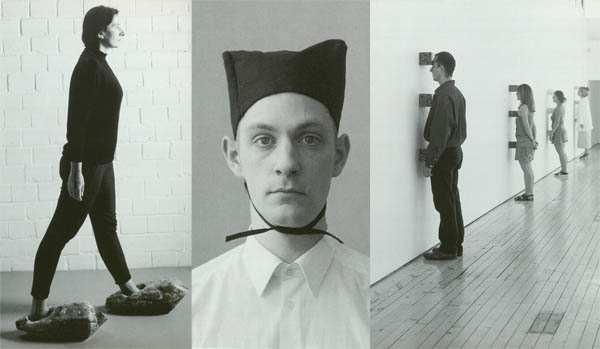Caché - online and offline identity
Caché is a project that I did as a research assistant in the Computing Culture group in the MIT Media Lab in spring 2009
Our bodies continue beyond our flesh and bones. Humans have constantly augmented their bodies with tools like clothing or automobiles, and now our bodies are also extending into virtual space. An identity includes online identity, extending from cell phones and laptops into cyberspace. How do we regard our selves when the boundary between self and world is fading?

Caché is a project that aims to extend online gaze into real space. When a photograph of a body is viewed online, it manifests the gaze offline by means of sound localised on the body. The user knows exactly when and where they are being seen. How does revealing online activity affect the wearer? If data is neutral and equally accessible, how do we distinguish between personal space and neutral grounds?

Weisser Körperfächer, Einhorn, Handschuhfinger 1970-1972. Images taken entirely without permission.
Artists like Rebecca Horn and Marina Abramovic have often toyed with concepts of body extension, but the connections to the body are obvious and apparent. Rebecca Horn strapped on balsa wood and fabric exaggerations of limbs, Marina Abramovic extended the body by means of stone shoe and magnets tied on with cotton.
What happens when the connection between the body and the extension is more tenuous? What if there is an invisible connection, like the implicit connection between the virtual and the real? With Caché, I am trying to connect the hidden body and the visible.
You can also read more about the technical details or look at some more photographs.
 cache.infosyncratic.nl
cache.infosyncratic.nl
